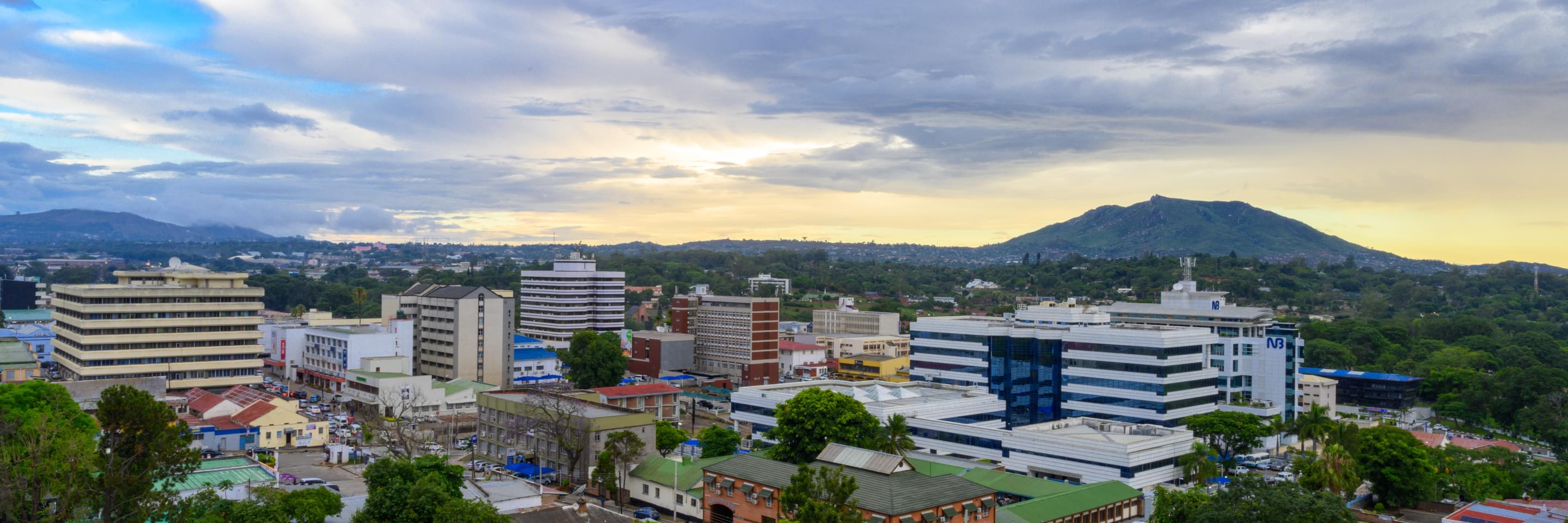
African free trade area: a game-changer for the continent's economies?
World’s largest free trade area sets its sights on being operational on 1 January 2021
Dubbed a potential economic game changer by the IMF, the African Continental Free Trade Area (AfCFTA) could connect 1.3 billion people, create a US$3.4 trillion economic bloc and fuel commence within the continent itself.
After years of talks and then COVID-19 putting the brakes on developments, trading under the AfCFTA agreement is now due to commence on 1 January 2021.
An agreement that is deemed critical for growth and job creation for Africa and it’s 1.27 billion people, the scope of the AfCFTA is large. Its goal is to establish a single market for goods and services across 54 African countries, allow the free movement of business travellers and investments, and create a continental customs union to streamline trade and attract long-term investment.
In terms of the number of countries participating, the AfCFTA will be the world’s largest free trade zone since the establishment of the World Trade Organization, in 1994.
The trade deal will start by cutting tariffs for goods traded within the bloc and then eventually expand into other areas. It is expected to increase intra-African trade from the current 12% of total trade by African countries, to 52% by 2023. Under its framework, member countries will be required to liberalise at least 97% of their tariff lines and 90% of imports.
“The AfCFTA could prove pivotal in bringing prosperity to the region,” explains Phibion Gwatidzo, CEO of Baker Tilly Central Africa and Chair of the network’s African Co-ordination Committee.
“Right now, trade between African countries is low compared to other parts of the world. Take the European Union, where intra-country trade stands at 75% of total GDP, and compare that to the current 12% within Africa. Through this new framework we have the opportunity to reconfigure regional supply chains, boost intra-Africa trade and enhance long-term growth in African countries.
“Creating a continent-wide market will require a determined effort to reduce all trade costs. Governments will also need to design policies to increase the readiness of their workforces to take advantage of new opportunities.”









